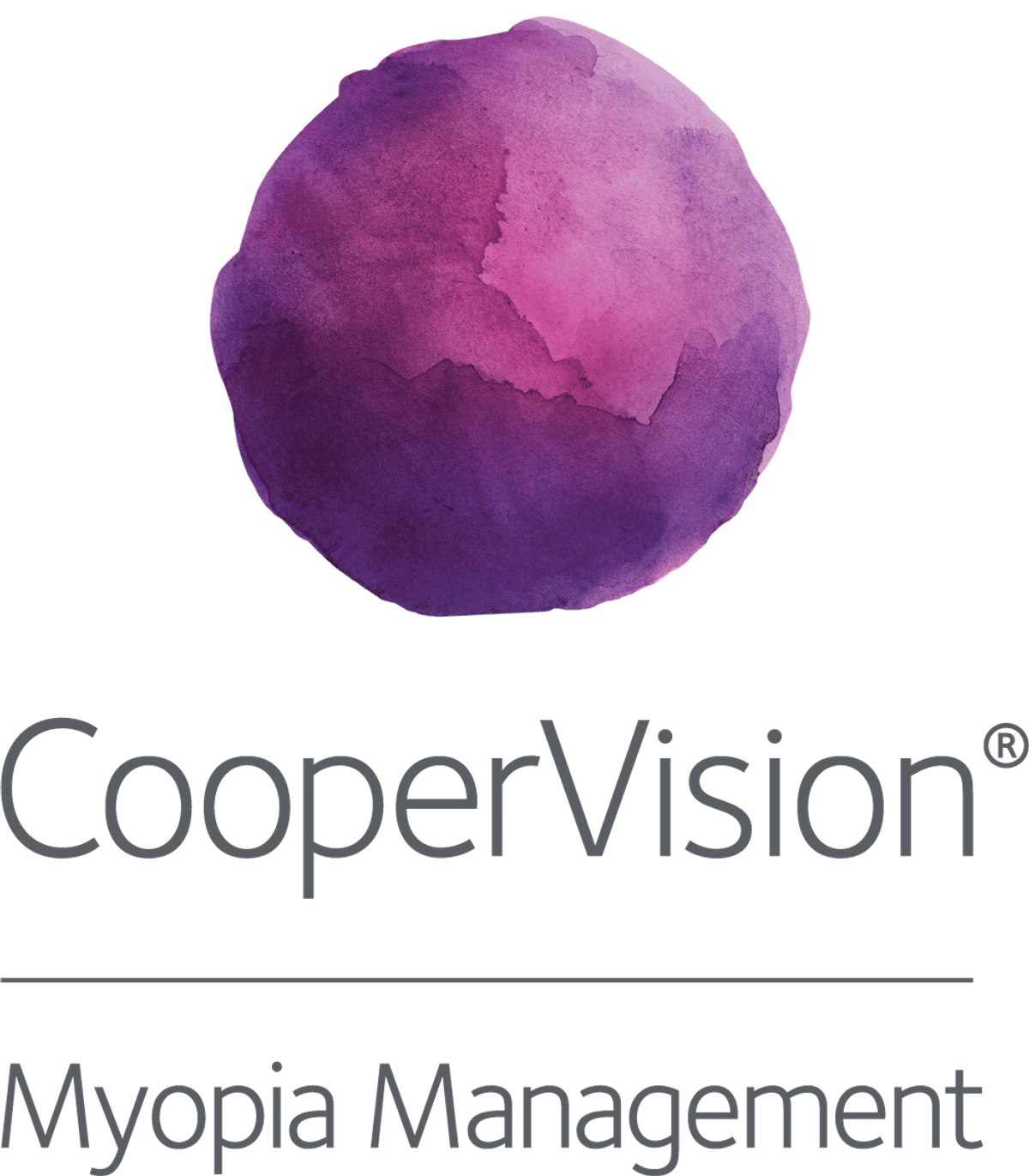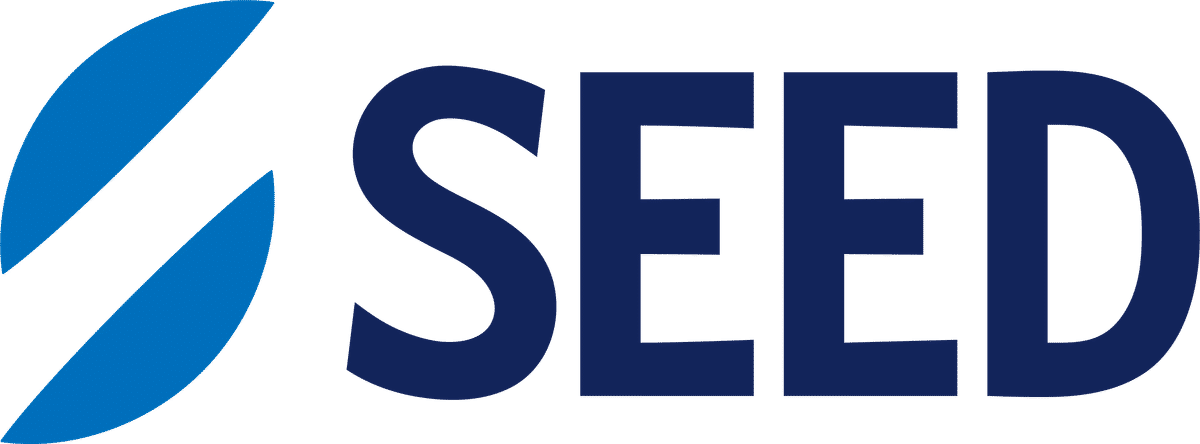Science
Use of RLRL Slows Axial Elongation in Myopia

In this article:
This meta-analysis investigated the use of Repeated Low-Level Red Light (RLRL) therapy for childhood myopia. Among 1,714 children aged 3–18 years, pooled results showed that RLRL reduced axial elongation by 0.95 mm and slowed myopia progression by 1.52 D compared to single vision spectacle wear over a 12-month period. 1 2
Paper title: Long-term effect of repeated low-level red light therapy on myopia control: A systematic review and meta-analysis
Authors: Ullah S (1), Umer MF (2), Chandran SP (3)
- Department of Health Sciences, Lincoln University College, Petaling Jaya, Selangor Darul Ehsan, Malaysia.
- Department of Preventive Dental Sciences, College of Dentistry, King Faisal University, Hofuf, Al-Ahsa, 31982, Saudi Arabia.
- Faculty of Medicines, Lincoln University College, Petaling Jaya, Selangor Darul Ehsan 4730, Malaysia.
Date: Published online February 21, 2025
Reference: Ullah S, Umer MF, Chandran SP. Long-term effect of repeated low-level red light therapy on myopia control: A systematic review and meta-analysis. Eur J Ophthalmol. 2025 Jul;35(4):1432-1444
Summary
Repeated Low-Level Red Light (RLRL) therapy is a novel intervention for myopia control. Although the underlying mechanism remains unclear, RLRL is thought to reduce axial elongation arising from oxidative stress within the choroid and retina.
The purpose of the study was to evaluate long-term efficacy of RLRL therapy on controlling myopia progression in children.
This systematic review and meat-analysis comprised 10 randomised controlled trials published between 2022 and 2024 with an aggregate of 1,714 participants. Children ranging in age between 3 to 18 years, with myopia of 0.50D or more were included. They were divided into RLRL treatment groups or single vision spectacle control groups. A desktop device (Eyerising) emitting low-level red light (650nm) was used twice a day for three minutes, five days of the week, with at least four hours between each session.
Primary outcomes were changes in AL and SER over 12 months. Bayesian statistical techniques were used to synthesize pooled effects.
The key findings were:
- Mean axial elongation was reduced by 0.95mm over 12 months in the RLRL groups compared to the control groups.
- Myopia progression was slower by 1.52D in the RLRL group versus control.
What does this mean for my practice?
The results of this meta-analysis support using RLRL therapy for myopia control in children. The treatment effects of reducing AL by 0.95mm and SER by 1.52D over a year were seen across a wide age range and appeared robust even after excluding studies higher risk of bias.
RLRL presents an appealing myopia control option that is non-invasive, low-maintenance and can be used at home. These benefits may suit patients who are unsuitable for other myopia control therapies or where compliance is a concern. The outcomes reported here help define what level of treatment effect can realistically be expected from RLRL use over 12 months.
What do we still need to learn?
There are some limitations to this study and areas where further data is needed.
While RLRL is described as non-invasive and well tolerated in prior trials, this study did not evaluate safety, and long-term effects remain unknown. The precise mechanisms by which RLRL slows axial elongation are also not fully understood. Current theories suggest a role for retinal and choroidal oxidative stress and dopamine signalling, but further research is needed to clarify how red-light exposure influences these pathways and whether extended use may lead to ocular or systemic effects.
Several studies did not report changes in spherical equivalent refraction (SER) from baseline. To address this, the authors estimated the SER change using confidence intervals and sample sizes to derive standard deviations. While valid in meta-analysis, these indirect calculations mean the results for refraction should be interpreted with caution.
Although all studies used a similar RLRL protocol, the effect sizes varied widely, which may be due to differences in sample sizes, study designs or randomisation methods. Three studies were assessed as having a high risk of bias, and multiple trials showed substantial heterogeneity in outcomes, especially for SER. Despite variations between the studies, the overall findings were reliable after accounting for potential bias.
Clinical use of RLRL may currently be limited in some areas. In China, where the studies in this meta-analysis were conducted, RLRL devices have recently been reclassified as high-risk medical devices, citing a lack of long-term efficacy and safety data.
Abstract
Introduction: Myopia is a refractive error where distant objects are not clearly seen and appear blurred. Goal of this study was to evaluate long-term effectiveness of Repeated Low-Level Red Light (RLRL) therapy for children with myopia, which primarily focused on Axial length (AL) and Spherical Equivalent Refraction (SER) as primary endpoints.
Methods: The research compared outcomes between RLRL treatment with Single Vision Spectacles (SVS) for childhood myopia management. We performed a systematic literature search in the PubMed, Embase and Cochrane databases using "Myopia" and " Repeated Low-Level Red Light ". Mean differences (MD) were estimated and the effects of therapies measured. Publication bias and heterogeneity analysis were carried out by Inverted Precision Effect Test-Precision Effect Estimate Standard Error (PET-PEESE) (and subsequent Search Sequential Analysis) and Tau test. Bayesian meta-analysis was performed using Jaffrey Amazing Statistical Package (JASP).
Results: This meta-analysis comprised 1,714 participants: 824 in RLRL and 890 in SVS group. Pooled effect size for AL reduction was 0.953 ± 0.294, (95% credible interval (CI) 0.775 to 0.980). Pooled effect size for SER reduction was 1.521 ± 0.662 (95% CI 0.102 to 2.736). PET-PEESE analysis revealed no significant publication bias (p-value 0.407). Random effects models were employed for presence of significant heterogeneity (3.9 and 5.7 for AL; 5.7 for SER), alongside degree of variation (0.828 & 1.665) for Tau (τ), which estimates the between-study variance.
Conclusion: Long-term observations indicate that RLRL treatment significantly influences myopia management, leading to considerable reductions in both AL and SER. Additional research is essential to investigate potential long-term rebound effects.
Meet the Authors:
About Ailsa Lane
Ailsa Lane is a contact lens optician based in Kent, England. She is currently completing her Advanced Diploma In Contact Lens Practice with Honours, which has ignited her interest and skills in understanding scientific research and finding its translations to clinical practice.
Read Ailsa's work in the SCIENCE domain of MyopiaProfile.com.
References
- He X, Wang J, Zhu Z, et al. Effect of Repeated Low-level Red Light on Myopia Prevention Among Children in China With Premyopia: A Randomized Clinical Trial. JAMA Netw Open. Apr 2023;6(4):e239612. [link]
Enormous thanks to our visionary sponsors
Myopia Profile’s growth into a world leading platform has been made possible through the support of our visionary sponsors, who share our mission to improve children’s vision care worldwide. Click on their logos to learn about how these companies are innovating and developing resources with us to support you in managing your patients with myopia.












